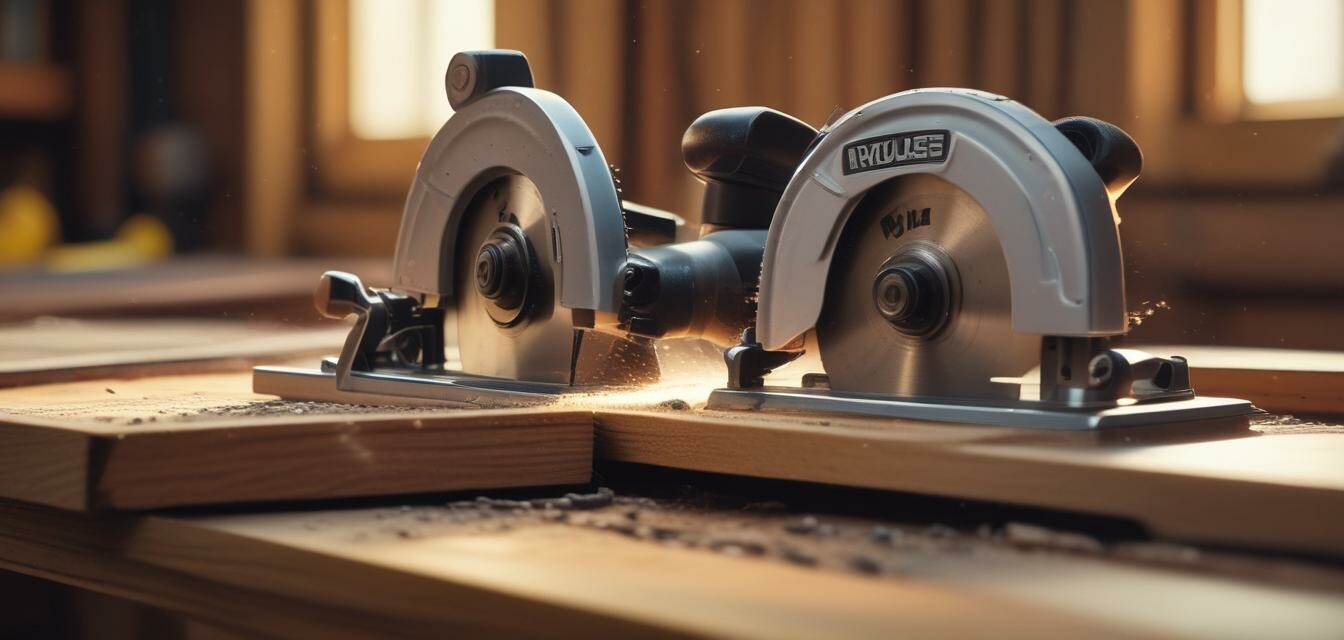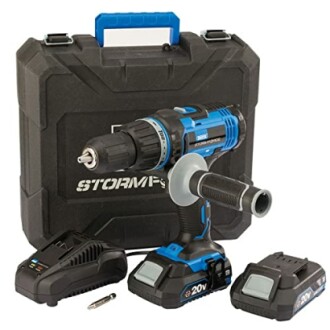
How to Get the Best Results with a Circular Saw
Key Takeaways
- Choose the right blade for the material you are cutting.
- Always wear protective gear for safety.
- Understand the adjustable features of your circular saw.
- Practice straight cutting techniques and guide your saw properly.
- Regular maintenance of your saw ensures better performance.
Using a circular saw is essential for achieving precise cuts in various materials. This powerful tool can tackle everything from wood to metal, but knowing how to use it safely and effectively is key to getting the best results. In this guide, we'll explore techniques and tips that will help you master the circular saw and complete your projects with confidence.
Understanding Circular Saws
Circular saws are versatile tools that can cut through various materials efficiently. They come in different types and sizes, each suited for specific tasks. Here are some common features:
| Feature | Description |
|---|---|
| Power Source | Battery or electric motor |
| Blade Size | Commonly 7-1/4 inches for standard cuts |
| Bevel Capacity | Ability to tilt the blade for angled cuts |
| RPM | Rotational speed indicating cutting efficiency |
Choosing the Right Blade
The blade you choose will largely affect the outcome of your cuts. Here’s a quick guide to selecting a blade:
- For Wood: Use a carbide-tipped blade with 24 to 40 teeth.
- For Metal: A specialized blade designed for cutting metal is required.
- For Plastics: Use blades with fine teeth to avoid chipping.
- For Plywood: A combination blade works well for a good finish.
Safety First
Before you start cutting, always prioritize safety. Here are important safety tips to keep in mind:
- Wear safety goggles to protect your eyes.
- Use ear protection as circular saws can be loud.
- Always wear a dust mask or respirator when cutting materials that generate dust.
- Ensure the work area is clean and free from obstructions.
Setting Up Your Work Area
Preparation is key for successful cutting. Here are steps to set up your workspace:
- Clear the area around you and ensure good lighting.
- Gather all tools and materials you need.
- Secure your workpiece to prevent any movement during cutting.
- Check your circular saw for any defects before use.
Cutting Techniques
Mastering cutting techniques will enhance the quality of your work. Here are several techniques to improve your cuts:
Tips for Precision Cutting
- Use a straightedge or guide for straight cuts.
- Mark your cut line clearly and ensure it's visible when cutting.
- Let the saw do the work; don’t apply too much pressure.
- Practice on scrap pieces to gain confidence.
Advanced Techniques
If you're looking to expand your skills, consider mastering the following advanced techniques:
- Cross-cutting: Cutting across the grain of the wood.
- Ripping: Cutting with the grain.
- Bevel cuts: Angled cuts to create joinery or decorative edges.
Maintenance and Care of Your Circular Saw
Regular maintenance ensures the longevity and performance of your tool. Here are some care tips:
- Keep the blade clean and free from debris.
- Check the tension of the blade regularly.
- Store in a dry place to prevent rust.
- Inspect cords for wear and tear if using an electric model.
Featured Product: Draper 89523 Stormforce 20V Combi Drill
One tool that could complement your circular saw is the Draper 89523 Stormforce 20V Combi Drill. Here's what makes this drill a great addition to your toolset:
Draper 89523 Stormforce 20V Combi Drill
A powerful and versatile combi drill with a twin-speed gearbox and ergonomic design, perfect for various materials.
Explore NowConclusion
Using a circular saw doesn't have to be daunting. By understanding the tool's features, prioritizing safety, and honing your cutting techniques, you can achieve precise results in your projects. With the right setup and maintenance, your circular saw will serve you well for years to come. For more detailed guides on specific tools, check out our How-To Guides.

